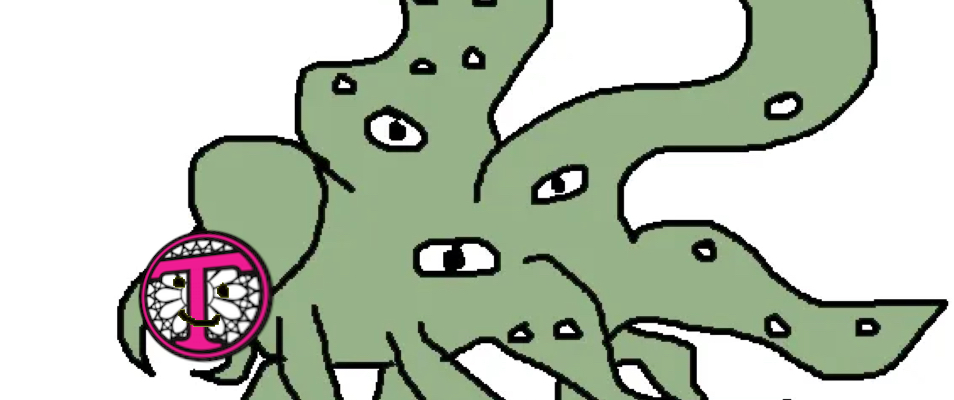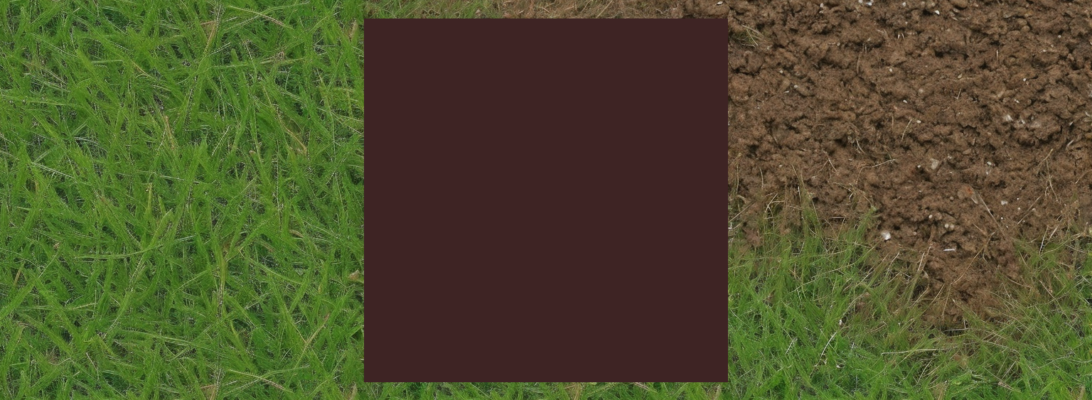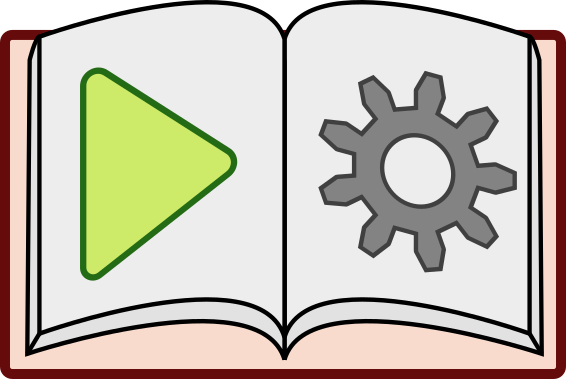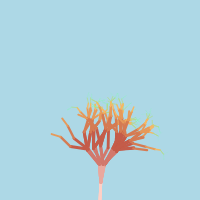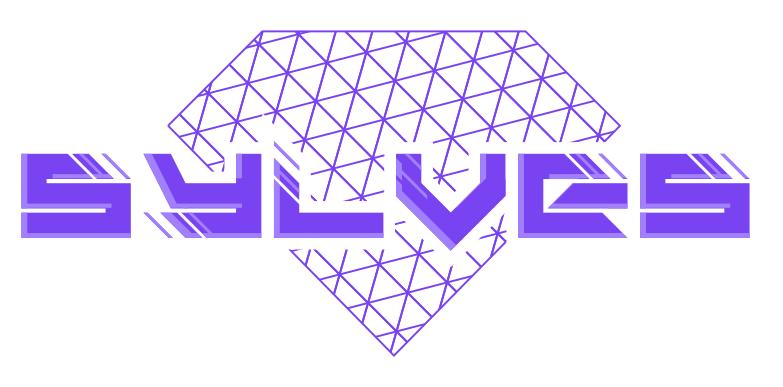I’m in the midst of doing the MATS program which has kept me super busy, but that didn’t stop me working on resolving the most important question of our time: What Hogwarts House does your chatbot belong to?
Continue readingProject
Running Tracery bots with LLMs
Tracery bots were a fun, simple, way of making generative texts. They are basically an easy way to specify generative grammars via a simple JSON file format. There used to be a horde of fun little tracery bots on twitter until API changes shut them all down.
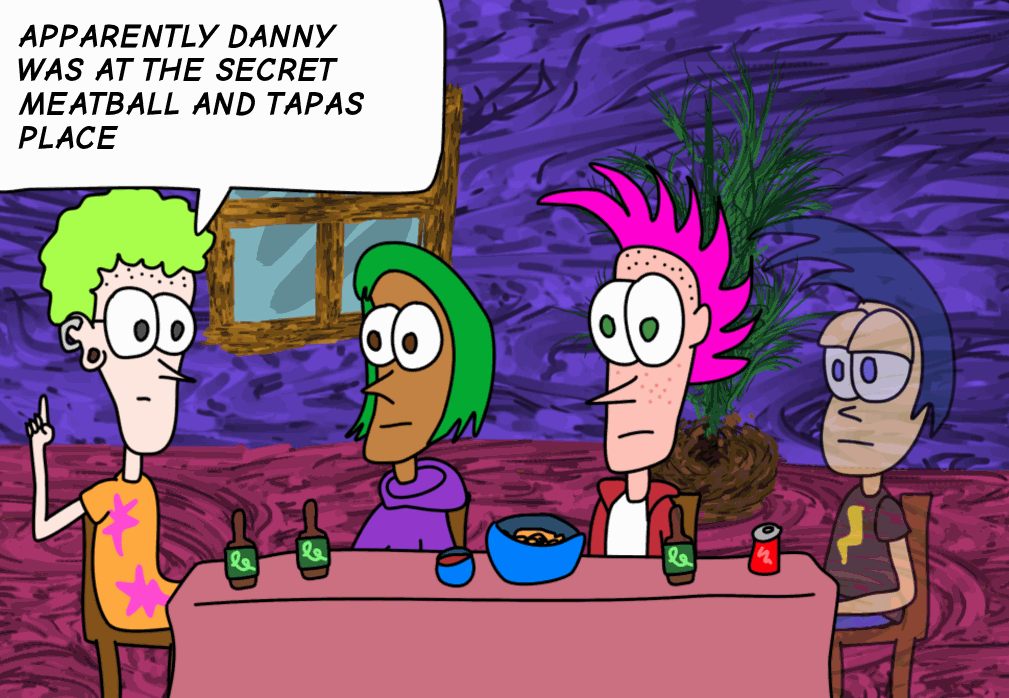
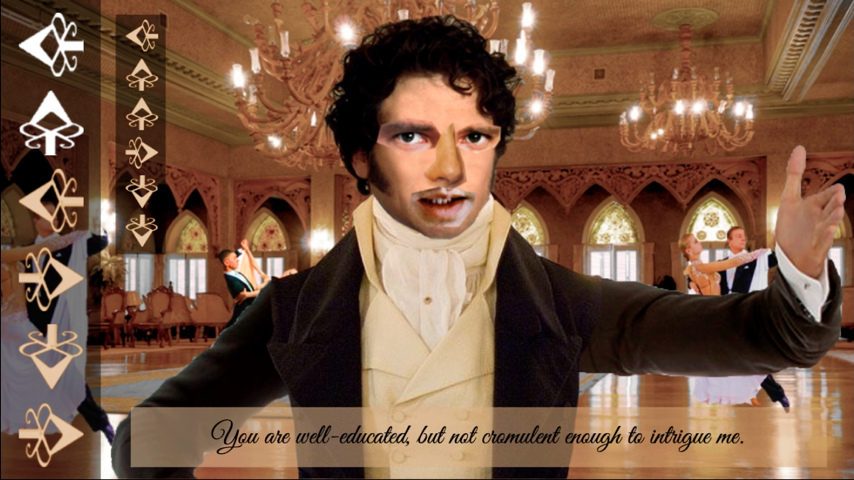
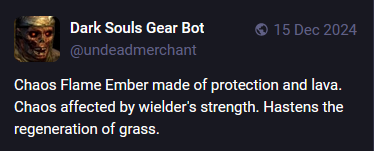
Nowadays, you can prompt a chatbot to get whatever you want. But that lacks the same charm, and it doesn’t give you the control you’d want for something unleashed on the internet. Let’s do something about that.
Continue readingCampaign Lab Hackathon
I did a short hackathon “Building Tools for Community Organisers with Matrix” sponsored by Campaign Lab, working in a team with Ben Dunn Flores.
Our tool is a prototype for summarizing a chat log, and publishing the result to Matrix (an instant message platform) and gitbooks.
Generating Tilesets with Stable Diffusion
Recently I’ve been playing around more with gen AI techniques. I thought I’d try to generate a set of tiles that all connect together. It’s harder than it sounds – Stable Diffusion is hard to control, so there’s no easy way to get a set of images that are fully consistent with one another.
I’ve developed a technique for doing it that I’ll call Non-Manifold Diffusion as it involves doing diffusion over a set of patches that interlock to form a non-manifold surface.
Continue readingUtilitarian Decision-Making in Models – Evaluation and Steering
RuleBook
I’m releasing a new open source library, RuleBook. Inspired by Inform 7‘s rulebook feature, it’s a way to make functions by defining a set of rules to evaluate. RuleBooks let you define functions are easy to mod and update at runtime.
What are rulebooks?
Rulebooks are essentially a fancy form of C#’s Func<> and Action<> generics.
Func<> and Action<> can hold a reference to a C# method, or an lambda expression/statement. But the thing they hold is essentially a black box – you cannot do much with it except run it, or check equality.
RuleBook provies FuncBook<> and ActionBook<>, which work similarly to their counterparts. But these rulebook objects are built out of individual rules, which can be individually inspected and mutated.
Overall, rulebooks give a systematic way of handling a bunch of useful programming patterns, including events, multiple dispatch, modding and code weaving.
Rulebooks are not an elaborate rules evaluation engine, it’s a lightweight way of stitching together bits of functionality.
Generative Generators
This is a experiment I tried out for ProcJam 2023. I wasn’t getting great results from it and got bored after a few days, but I’ve decided to share what I did manage.
The rules of the hackathon were changed this year, ruling out most forms of AI. I was thinking – what’s the furthest I can push that rule without crossing the line?
In the end, I designed a system where we used AI to design and build a standalone classical generator.
Continue readingWang Tileset Creator
Ever struggled to figure out all the possible combinations of tiles you need to put together for autotiling? I’ve create a tool answers that question for a variety of cases, with visualizations.
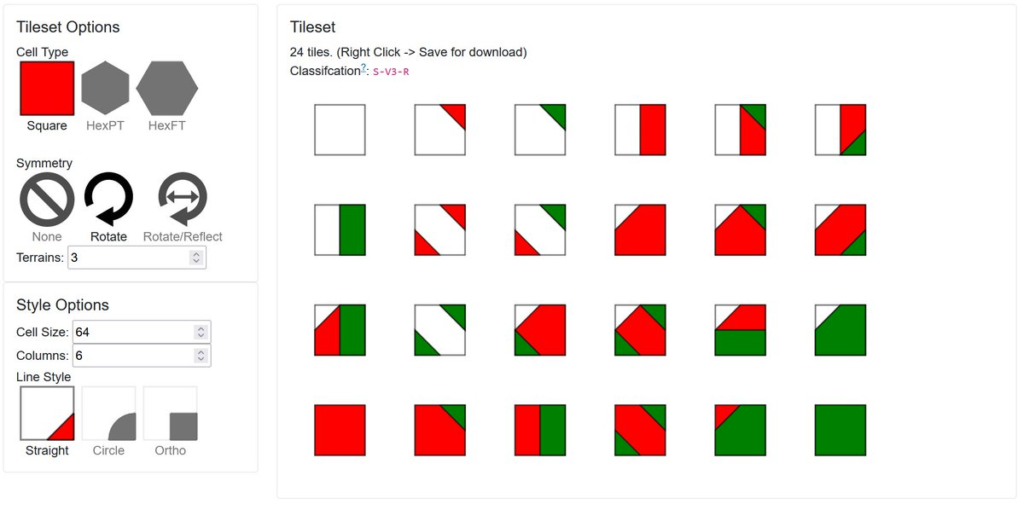
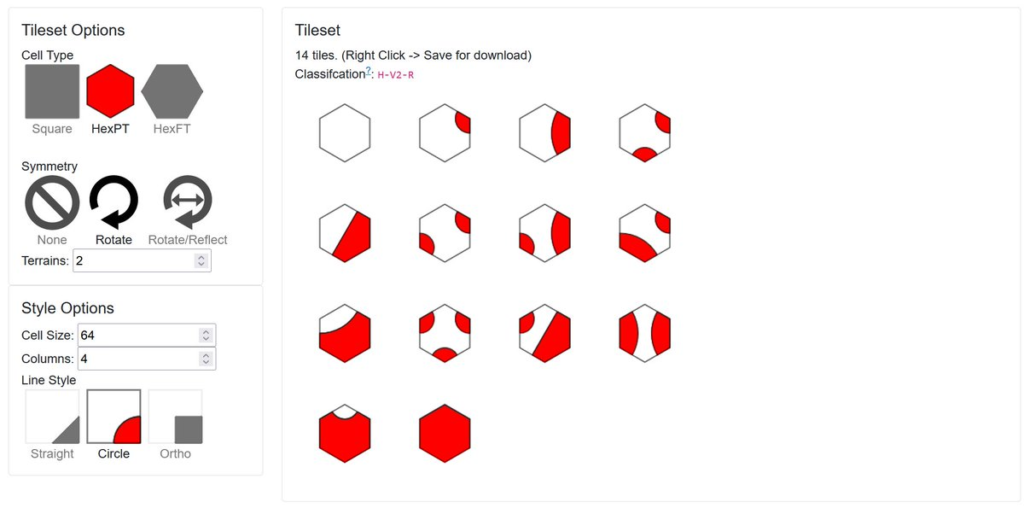
nice-hooks
I’ve created a new open source library.
I’ve been learning quite a bit about AI and AI Alignment recently. A few weeks ago I joined the Interpretability Hackathon. Sadly my contributions were minimal as I had to leave halfway through, but doing it made me appreciate how bad the tooling is in this area.
So I’ve created nice-hooks, a library for working with pytorch hooks and activations more effectively.
Announcing Sylves
I’ve released a new library, Sylves that handles the geometry of grids for C# or Unity. I’ve basically distilled all my knowledge from several different grid projects, and made a solid base for anything you might want.

